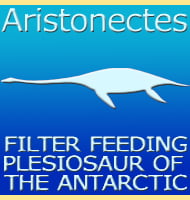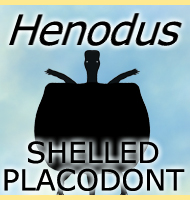Stratesaurus
In Depth Stratesaurus represents a genus of rhomaleosaurid plesiosaur, a type of plesiosaur noted for having a shorter neck and proportionately larger head than other plesiosaurs, though not to the extent of pliosaurs. The discovery of Stratesaurus in Hettangian aged rocks means that individual Stratesaurus were swimming in European waters near the Triassic/Jurassic boundary, which … Read more

